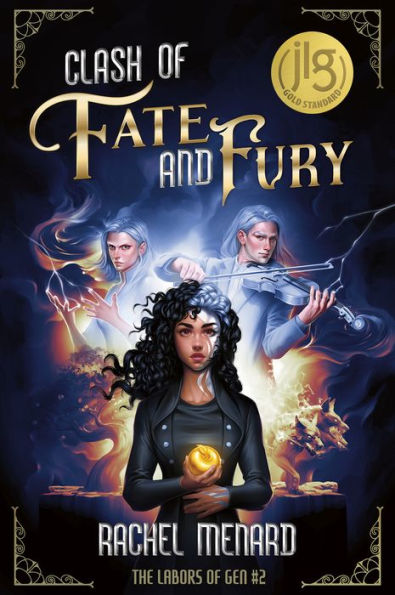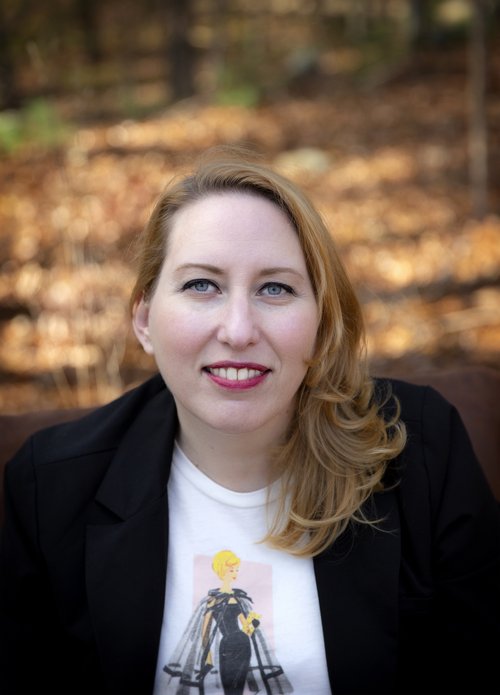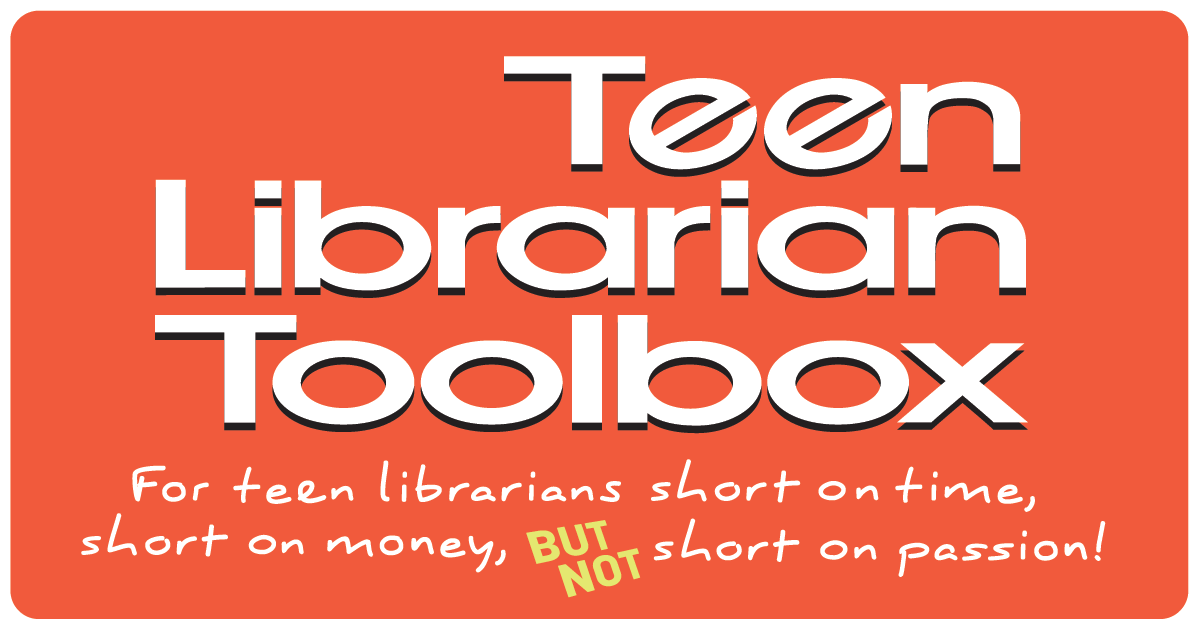Crafting Villains and Antiheroines in YA, a guest post by Rachel Menard

Let’s start by putting away the notion that readers have to “like” your characters. They don’t. We read books to get away from the norm, to experience and understand other people’s lives and hear their stories, and they are not always “good” stories. I prefer the messy stories. I like the books where you question your own beliefs, don’t know which side to take, and have trouble deciding what is right and what is wrong. The only way you can achieve a messy story is by creating messy characters. But how do you keep them from being too “messy”? What can you do as a writer to make the unlikable characters worth following?
Make Your Character Sympathetic
It’s strange how sympathy works, and how society decides what is a forgivable crime and what isn’t. If a man kills another man in an argument over a parking spot, that would be unforgivable. If a man kills another man because that man murdered his wife, it’s more understandable. We can’t empathize with it, because most people wouldn’t kill another person for any reason, but we can feel sympathy for him.
ADVERTISEMENT
ADVERTISEMENT
One way to make your unlikeable character someone to follow is to set them up as a sympathetic character in the first few chapters. Suzanne Collins does this expertly in the Hunger Games, even though I think Katniss gets an undeserved label of “unlikeable” for being standoffish. Katniss, as a teenaged girl, gave up her youth to provide for her family when her father died, then when her younger sister is chosen for the Hunger Games, Katniss volunteers to take her place.

Later on in training, the other competitors bully her because she is from the poorest district. So not only is Katniss forced into this horrible game by her government, she is an underdog in the competition and only playing to survive to return home to care for her family. Everything she does after that is instantly forgivable, and in case there is any question, she also befriends Rue, the youngest player in the Hunger Games and loses her tragically to the game. From that point on, Katniss can do whatever she likes, and we, the readers, forgive her because of her past suffering and her reasons for wanting to win.
Give Them History
We assume that everyone is born inherently “good” or at least as a blank slate, and it’s the experiences in their lives that forms them. No one as a child sets out to kill puppies and make them into a coat, or eliminate half the people in the universe with a snap of their fingers, but how does someone go from being a harmless infant to taking over the world?
This is the villain origin story. We follow a character from their beginning to their end, from their youth to adulthood, walking side by side with them every step of the way, watching each event that forms them. We understand why they make the choices they do, even the bad ones, and in that sense, it becomes obvious to us that their path was inevitable. There was nothing they could have done to stop their downward trajectory.
Julie C. Dao tackles this in her Evil Queen retelling, Forest of a Thousand Lanterns. Xifeng is raised by an abusive mother, praised for her beauty and promised greatness. From a young age she is taught that love is twisted with control. She tries at times, unsuccessfully, to break free of her fate, because she doesn’t have the skills to do so. She has never been taught to truly love. She has been taught to obey, and that her survival depends on gaining power. All she can do is follow her destiny. At no time in this book is Xifeng a likable character, but the reader can see why she makes the choices she does, and we are following along simply to see how far Xifeng will fall and what it will cost her to achieve her destiny.
Make a Delicious Villain that People Love to Hate and Hate to Love
The first that comes to mind is Miranda Priestly from The Devil Wears Prada. For anyone who has had a horrible boss, nothing compares to Miranda. Her demands are outrageous. Her particularities border on unobtainable. She overworks her employees and undervalues their contributions. She demeans them, sets them up for failure, then belittles them over every little mistake. She is awful…and wonderful. That book would not be what it is without Miranda causing the undue punishment and suffering that she does, and for that I absolutely love her as a villain.
We also can’t forget about the Darkling from Shadow and Bone. Dark, brooding, mysterious and powerful, there is an undeniable attraction between him and Alina, and an undeniable disgust. He uses and manipulates her, lies to her and tries to control her. He is the worst of villains because he came to her with promises of love, so that even when Alina discovers his true intentions, she is left with this painful wanting of what could have been. You want to hate him, and you do hate him, but you also see value in him. He could be redeemed. He could be forgiven, and this is because Alina has these feelings for him. We see his value through her, and as a reader, you can’t decide if you want him to fall into a burning volcano and burn to ash, or if Alina should say, “Screw it, let’s be evil together!” He is such a complex villain that it is impossible not to love him.
Let them Redeem Themselves
Oh boy do I love a good redemption arc. I was in the theater when Kylo Ren came running in to save Rey from Emperor Palpatine and everyone in the theater cheered. This all stems from the character’s potential. Katniss doesn’t need to be redeemed, we’ve already forgiven her.
Miranda Priestly can’t be redeemed, she has no potential or want to do so. Kylo Ren is redeemed through love and sacrifice, potential he showed in earlier movies when he and Rey connected.
In Clash of Fate and Fury, one of my POV characters, Castor, experiences her redemption arc. In the first book in the series, she does little to redeem herself. We allow her actions because she was raised by a controlling father who taught her money and power are all that matters. Then she is denied her inheritance because of his patriarchal rule. (Any woman who has experienced any form of sexism can understand why Castor might want to burn it all down.)
Castor’s one redeeming trait is her love for her brother and his love for her. She has potential through him. He is a “good” character. If he can forgive her, then we can too. But she still puts her own desires and needs above his. She will sacrifice him easily to get what she wants, and it isn’t until she makes that shift, sacrifices what she wants for the sake of someone else, that she begins her redemption. This isn’t to say she becomes inherently good after this event, but she shows promise. The reader has seen an example of her becoming better and hopes she will continue to grow. They will forgive her future “bad” deeds, because it’s all part of the road to redemption. No one expects her to change overnight, but people, and readers, give a lot of weight to effort and pursuit.
An Exercise in Practice
So how do you learn what deeds and acts can be accepted and forgiven? It’s a fine line, and the best way is to practice. People are imperfect. I guarantee even the best people we know have made a mistake. One thing I like to do is make up backstories for people. When you’re on the road and someone is driving aggressively, your immediate reaction is anger. Why are they driving like that? They could kill or injure someone.
What is an acceptable excuse for someone to behave that way? Would you forgive them if they were rushing their best friend to the hospital for a gunshot wound? Would you forgive them if they stole something and had to get away from the police? Would you forgive them if they stole food to feed their family? Would you forgive them if they stole that food from a homeless shelter? Where is your line for forgiveness and acceptance? How far back into your contrived scenario do you have to go to make that person forgivable?
Another exercise I do is think about a time when I was someone else’s villain, and why I behaved the way I did. There is a girl I used to prank call, (I’m so sorry!) I was very uncool in middle school. I didn’t have many friends so the few I did have I wanted to keep. When they said, “Wouldn’t it be funny to prank call this girl?” I agreed because I wanted to be liked and admired. It seemed like a harmless prank. I could be seen as cool and this other girl would be fine.
It was not fine! It was mean, but looking back, I have an understanding as to why someone might choose to be hurtful to someone else. I had been pressured into it by friends because I lacked my own worth, and I had decided it was an acceptable level of meanness. No one would be irreparably hurt by it. It was just a prank call.
ADVERTISEMENT
ADVERTISEMENT
If you are a perfect person who has never done anything wrong, you can also do this with beloved book characters. I love the mantra that “the villain is the hero of her own story,” so let’s twist it. If the Darkling were the POV character of Shadow and Bone, how would he tell the story? Who is his villain? How does he justify his acts? Once we let go of the concept that characters can only be inherently good or inherently bad, we can start creating complex book characters who are both and neither.
Meet the author

Rachel Menard is an author of strange and fantastical tales for teens. Her self-published novel, Steel Hand, Cold Heart, won the grand prize in the 7th Annual Writer’s Digest Self-Published e-book awards, and her traditional debut, Game of Strength and Storm, was selected as a Junior Library Guild Gold Standard along with its sequel, Clash of Fate and Fury, forthcoming from Flux in March of 2023. Find her on instagram at @menardrachel
About Clash of Fate and Fury
Seventeen-year-old Gen may have rescued her beloved father from prison, but she hasn’t saved him yet. If she fails her end of a bargain with the Olympian Empresses, they will send him right back to his cell. To keep the Empresses happy, Gen must bring them the legendary golden apples of Hesperides and the monstrous Cerberus. But both are rumored to be in the neighboring Elysium Empire, which has a long history of war with Olympia. Making matters worse, Gen’s former enemy and newly designated heir to the isle of Arcadia Castor invites herself on the journey, hoping a golden apple could end Arcadia’s reliance on Illumium for storm vials. And Castor’s twin brother, Gen’s StormMaker boyfriend Pollux, has been pulling away from Gen due to troubles stemming from her mind magic.
With Castor’s pirate-thief girlfriend and Pollux’s servant companion in tow, the unlikely team embarks on its voyage. But war is only an insult away in Elysium, and more than the Emperor has their eyes on Gen’s mission. The quest has caught the attention of one of Elysium’s Oracles, and trouble is sure to brew with Prophecy on the rise.
ISBN-13: 9781635830828
Publisher: North Star Editions
Publication date: 03/21/2023
Series: The Labors of Gen: Book 2
Age Range: 14 – 18 Years
Filed under: Guest Post
About Amanda MacGregor
Amanda MacGregor works in an elementary library, loves dogs, and can be found on BlueSky at @amandamacgregor.bsky.social.
ADVERTISEMENT
ADVERTISEMENT
SLJ Blog Network
The 2025 Children’s Lit Animal Rankings
Review of the Day: Fireworks by Matthew Burgess, ill. Cátia Chien
Cat Man | Review
When Book Bans are a Form of Discrimination, What is the Path to Justice?
ADVERTISEMENT







